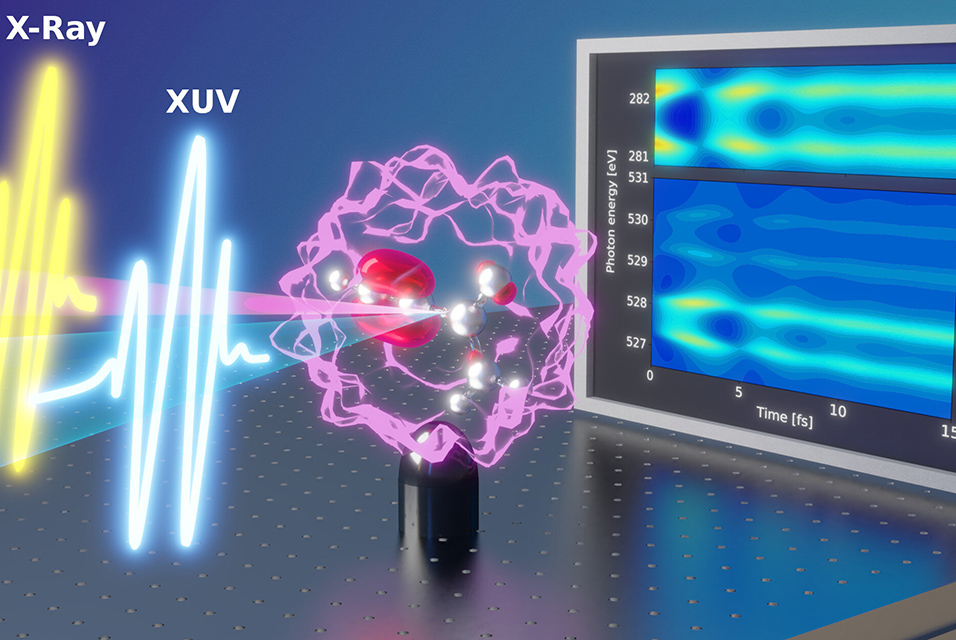SUITA.- After a gene is transcribed into RNA, modifications can occur to the subunits or "bases" that make up the RNA molecule, which can affect its structure and function. The study of these changes is known as "epitranscriptomics." These base modifications can occur to most types of RNA molecule, including microRNAs.
Now, a research group at
Osaka University, led by Professor Masateru Taniguchi and Professor Hideshi Ishii, have sequenced a microRNA that is a marker for "refractory" gastrointestinal cancer, which does not respond to treatment. They were able to directly detect two types of chemical base modifications simultaneously using a single-molecule quantum sequencer.
MicroRNAs are small non-coding RNA molecules that play a regulatory role by interfering with and suppressing the expression of a gene. Base modifications to microRNAs can affect how they are processed and the efficiency by which they can suppress their targets, altering their function. These modifications are therefore important for understanding the functions of RNAs but have previously proved hard to detect.
The Osaka University team isolated microRNAs from colorectal cancer cells and sequenced single RNA molecules. The quantum sequencer uses electricity to distinguish bases based on their unique electrical conductance values, which measure the ability of the molecules to conduct an electrical current. Because chemical modifications alter the electrical conductance of the bases, this method could potentially be used to identify any kind of nucleotide modification. Here, the researchers focused on two common modifications, m6A and 5mC, involving the addition of a methyl group to an adenosine (A) nucleotide and a cytidine (C) nucleotide, respectively.
Using the single-molecule quantum sequencer, the team observed modification ratios that were comparable to those calculated using other methods that are only able to detect a single kind of modification at a time. Not only that, but the results they observed suggest that the two types of modification were able to influence each other. The presence of m6A modification seemed to facilitate 5mC modification. "The rate of 5mC methylation is generally affected by the activities of methylation and demethylation enzymes, and so our results imply that the activities of these enzymes can be promoted or deactivated by m6A modifications," explains Takahito Ohshiro, lead author of the paper.
This work provides a robust new tool for sequencing various types of RNA base modifications. "Our method can be used for comprehensive analysis and detection of methylation sites in the epitranscriptome," says corresponding author Masateru Taniguchi, "which will allow increased understanding of these methylation events and their mechanisms, changing the landscape of RNA biology and ushering in a new era."










